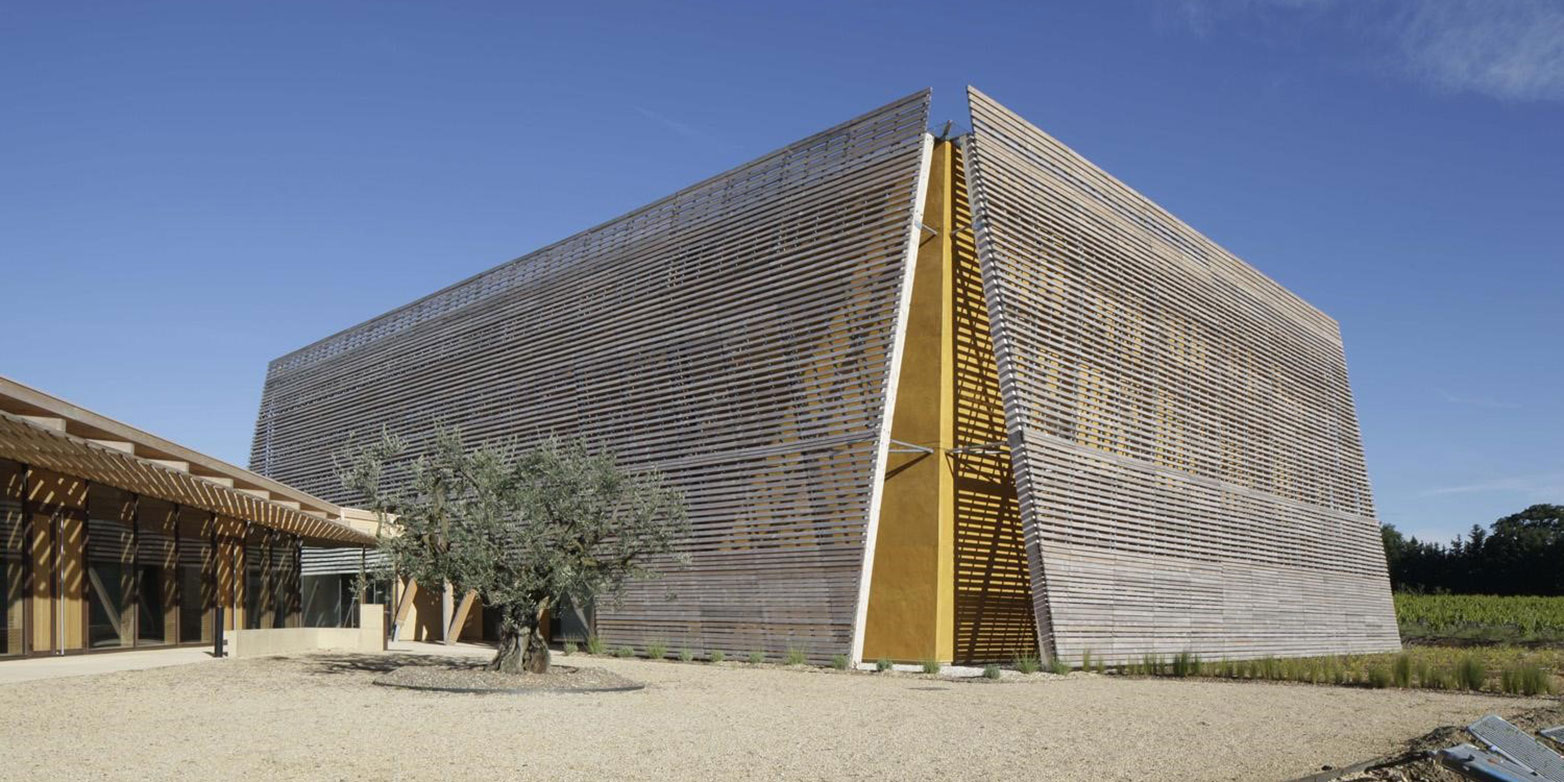A call for carbon-neutral construction
Today’s new buildings could easily last until 2050 and beyond. That's why we now need binding climate targets in the construction sector, argues Guillaume Habert.

Buildings and infrastructure account for 40 percent of greenhouse gases (GHG) emitted and as man-made objects with extremely long service lives and slow modernization cycles, the buildings we’re building now will be almost unchanged by 2050. We should therefore already build using post-2050 energy regulation – but we do not.

Concrete requirements and target values
The building sector can and must take a leading role if the world is to fulfil the Paris agreement. An international group of scientists and engineers including myself recently adopted the Graz Declaration (see box), which calls for determined action to reduce GHG emissions in the construction sector.
One goal is to introduce GHG budgets (comparable to a cost framework) that would be compatible with CO2 reduction targets advocated by the international scientific community1. These targets and budgets need to be scalable (for construction products, buildings, building portfolios and cities) and have clearly defined timeframes in order to deliver net-zero GHG emission levels by or before the middle of this century.
In order to be effective, such targets and budgets must be enshrined in legislation and standards. Requirements need to be framed in terms of performance, and they must ensure that no technologies receive special preference.
It is urgent that the initial construction phase itself receives particular attention, due to its disproportionately large impact: often more than half of the emissions created over the total lifetime of the building are released during its construction.
The current Swiss label for reduced GHG emissions in buildings, the 2000 Watt Society2, averages emissions across the lifetime of a building. This is misleading, because it underestimates the peak of emissions at the time of construction. The risk of a “lock in” situation is real if we think we are building a carbon efficient building when, in fact, we are just increasing the initial problem by releasing a large quantity of CO2 in the atmosphere.
The technology is there
New public buildings or those given public resources must set an example and target net-zero emissions, which is already feasible today: Researchers and industry in Switzerland have developed very low-emission concrete structures3. Carbon-negative insulation materials are already available on the market4. But what we still need is a fundamental change of mind-set.
“It is now important to understand that in order to have buildings that provide a healthy indoor environment and protect nature, we also need to change our material diet.”Guillaume Habert
Recent years have seen increasing agreement that we need to change our diets if we want to maintain our physical health and protect our environment; for instance by reducing meat consumption. By the same turn, it is now important for the world to understand that in order to have buildings that provide a healthy indoor environment and protect nature, we also need to change our material diet.5
We can still take advantage of all materials, just in different proportions than what we currently use. We need to reduce energy-intensive building materials in order to immediately cut emissions from construction. We know how to assess a net-zero carbon building. We know how to build with carbon-negative materials.
Scientists and engineers who signed the Graz declaration consider they have the responsibility to get out of their labs and engage with society and policy-makers to lead the transition of the construction sector.
Further information
The Graz Declaration on Climate Protection in the Construction Sector was developed, discussed and adopted by 400 participants from more than 30 countries during the International conference on Sustainable Built Environment (external page SBE19) from the 11–14 September 2019 at Graz University of Technology. The conference was co-organised by KIT, ETH Zurich and BOKU Vienna.
More external page information
Sign the Graz external page Declaration
Opening of a new CAS on regenerative materials at ETH Zurich
References
1 IPCC, 2018: external page Summary for Policymakers. In: Global Warming of 1.5°C. (IPCC Special Report)
2 The external page 2000 Watt Society
3 National research programme (external page NFP70) on low energy concrete structures
4 Pittau F., Krause F., Lumia G., Habert G. 2018. external page Fast-growing bio-based materials as an opportunity for storing carbon in exterior walls. Building and Environment, 129, 117–129. And:
Pittau F., Lumia G., Heeren N., Iannaccone G., Habert G. 2019. external page Retrofit as a carbon sink: the carbon storage potentials of the EU housing stock. Journal of Cleaner Production, 214, 365–376.
5 See for instance Ronald Rovers. external page People vs Resources: restoring a world out of balance. Eburon, The Netherlands
Comments
No comments yet